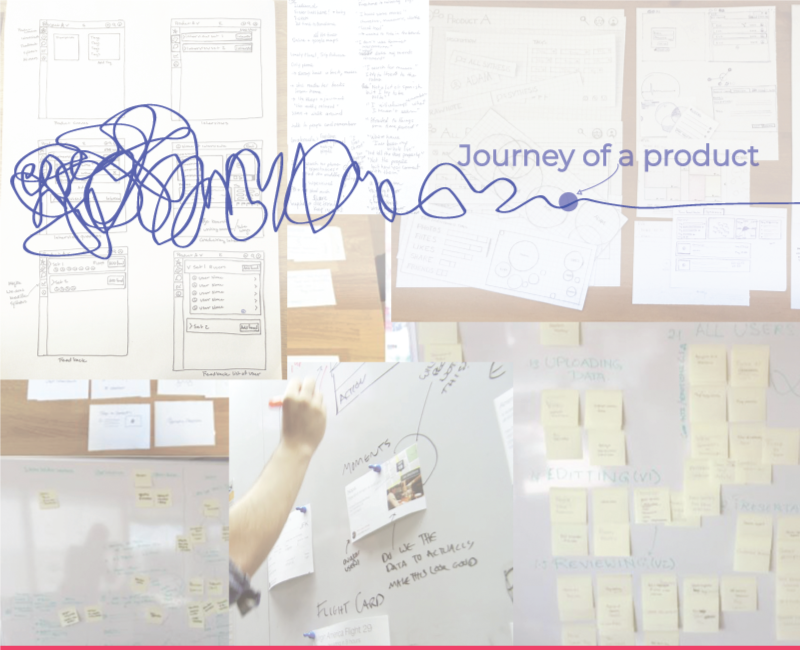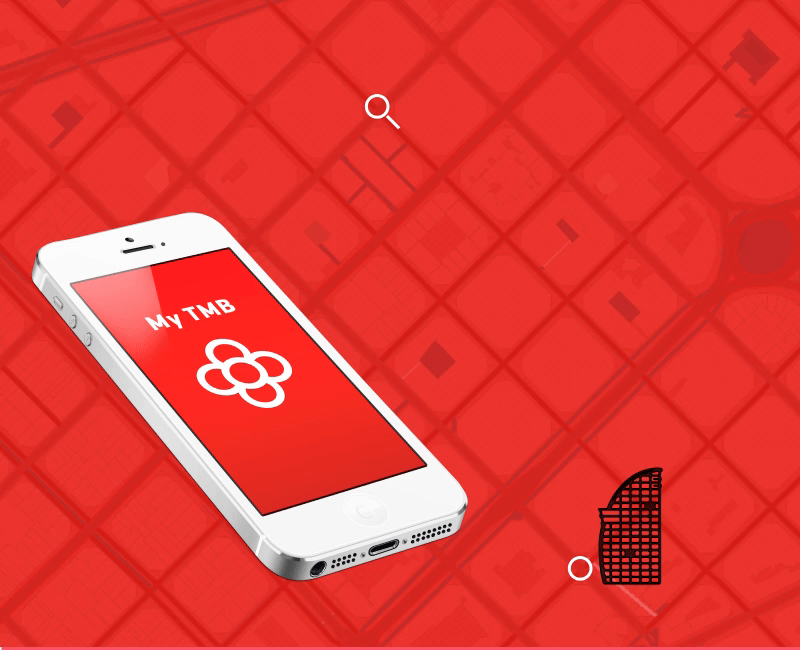BRIEF
00
“Switching careers is risky for the employees and a risk factor for employers. Find what the risks are by talking to both sides, understand motivations for change, challenges to change, risk factors for employers, what does it take to skill up, then design to reduce or address these risk factors, ultimately making switching less painful.”
“How do we make it easier for graduates between the age of 20-30 yrs to skill up and change into newer careers ”.
The challenge was to help students remain motivated while skilling up and represent their development visually to help them communicate their strength and weakness effectively.
OVERVIEW
01
Team : 4 Members
Tools : Sketch and Illustrator | Rhino and Grasshopper | After effects | Invision
Switch is an Information Visualization application that allows students to improve their skills through training content built by industry experts and visualize their development in the form of a 3D model.
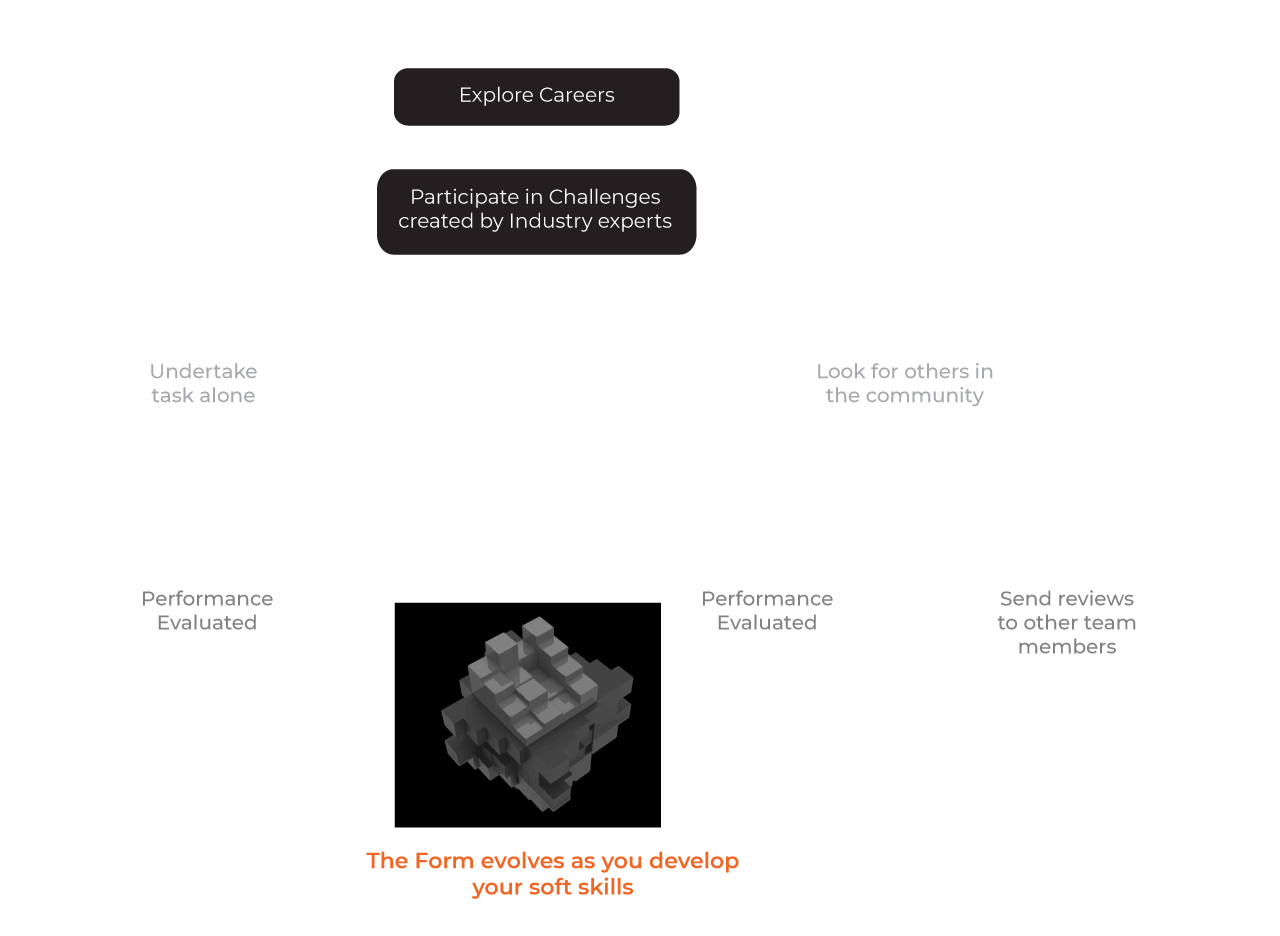
The explorer is presented an overview of his performance in the past exercises, each "challenge" represented as a square unit. It allows the explorer to self-evaluate and improve on the skills that he is lacking in.

The explorer has the ability to reflect back on the community feedback and his personal performance in the past challenges by clicking on a unit.
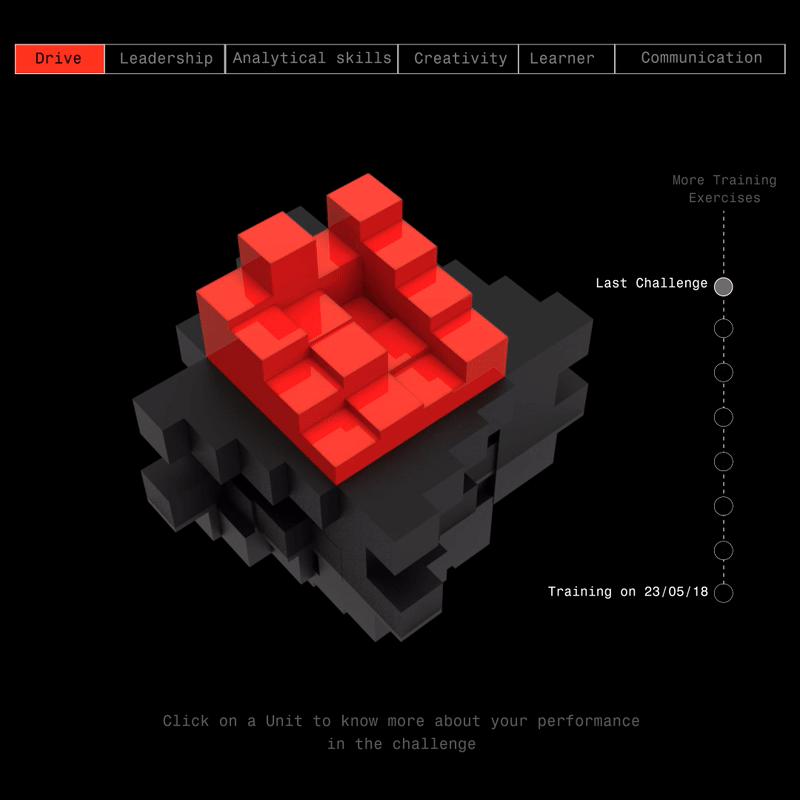
Color is utilized to connect the explorer's cognitive model with attributes like leadership and critical thinking.
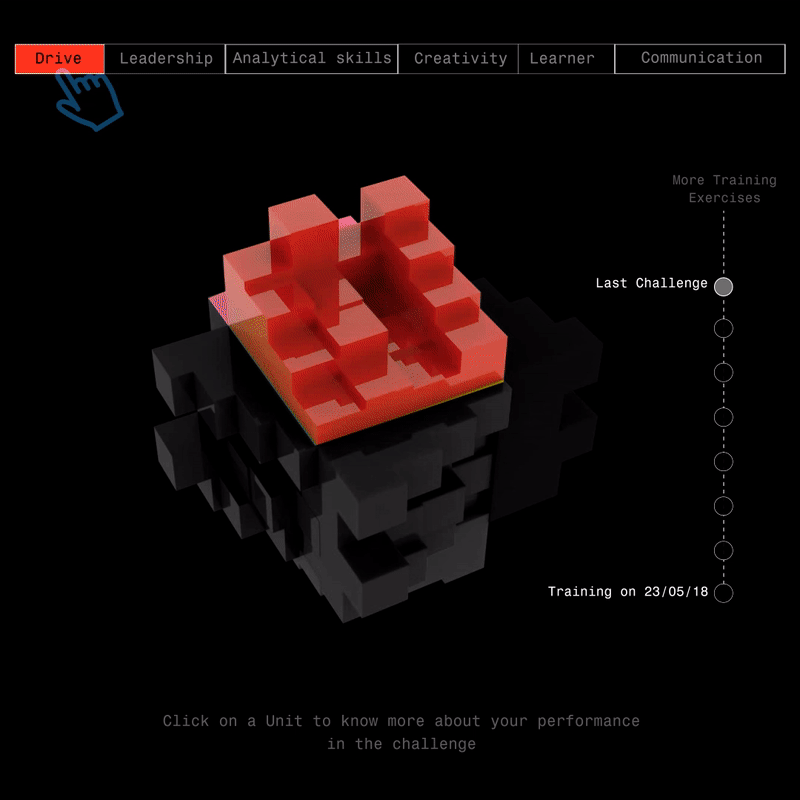

The voxelization animation by Daniel Cristev made me think -
What if there existed a generative CV that was defined by a person's development?
What if it looked different from person to person and career to career?
Mission :
To build a service that lets the model to grow as an individual develops their soft skills and use it to communicate the growth of their skill or personality to a community or a hiring manager.
RESEARCH
02
In the current age of machine learning and AI, new careers are developed every single year.In 2006, Facebook was in its infancy, Twitter was being launched, and nobody had iPhones. Ten years on, the world was a very different place, and so is the workplace.
World Economic Forum suggests that 65% of children entering primary school today will ultimately end up working in completely new job types that aren’t on our radar yet.
During the research phase as a team we conducted desk and field research.We brainstormed by listing out all the different reasons due to which people tend to switch careers.
We found two categories -

As a team we diverged to conduct our independant research. During our research we found an alarming statistics of College graduates shifting into a career that was independant to their field of study during graduation. Due to this alarming rate of career switchers we decided to focus on -
People who wanted to switch their careers.
The Trigger :
When we dug a bit deeper into the pattern of people switching careers after graduation,we realized that the percentage of career switching took place after 2008 ( The time of the Great Recession). Career Switching was not a trend started by Millenials but it started much before that.
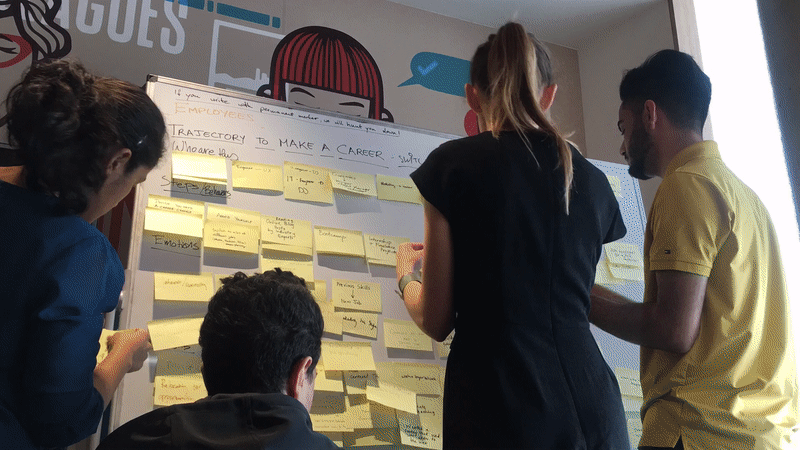
Brainstorming process with team

The Hypothesis :
The idea of career switching stemmed from the generation before the Millenials. It was a cascading effect from “ I have to switch”. Graduates during recession switched careers to sustain themselves and pay out their huge loans. But this culture caught up with the millenials who seeked for “meaning to their careers”- Career of feeling
Field Research :
We started our discovery phase by reaching out to friends and acquaintance that fell between the demographic that we were researching for. We created three sets of interview questions and within 1 week we had interviewed -

Findings :
The interview questions was structured to understand -
The steps taken by Graduates to switch.
The motivations for switching
What are their emotions during each step of the process
What are the barriers they face?
Persona Development :
We used the research to construct the archetype of the users who would be potentially exploring the service. I quickly coded the interview responses and found that
lack of guidance and difficulty in communicating transferable skills as the primary issue.
This is because though there is innovation in careers, the process of hiring and education system still followed a traditional pattern.We narrowed our scope for MVP to a mobile app which would eventually develop as a service.
Communication with the participants helped us create the two primary personas.
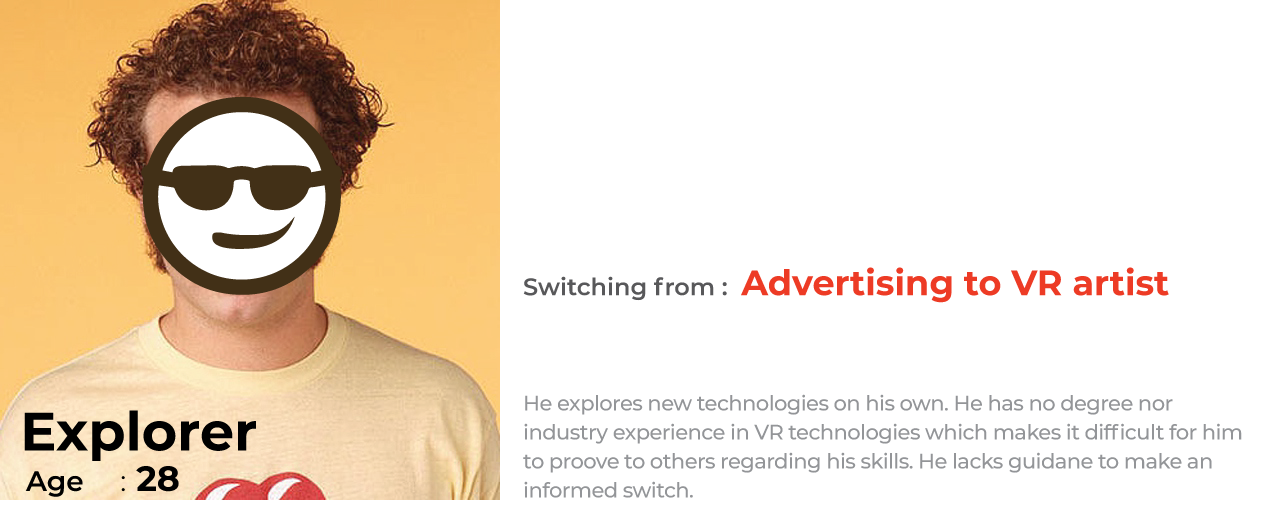
What he Wants / Needs :
Guidance in the form of mentorship or network in his related field to understand how to position himself in this new career.
An innovative method to communicate his development into the new carer especially in the form of soft skills
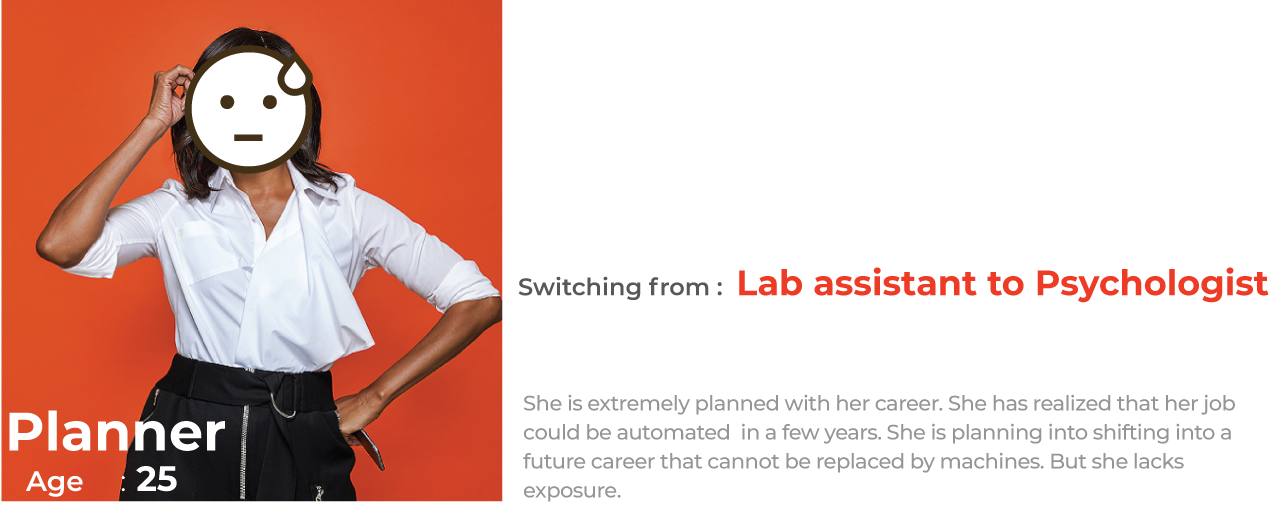
What she Wants / Needs :
An opportunity to try out the career of her choice.
Meet others pursuing the field to help her with her research about the new field.
Mapping the journey :
We used experience mapping technique to visualize the graduate’s end to end experience while going through the process of switching careers. This helped us to identify and represent their pain-points and see where we needed to focus our attention.
The journey was grouped into 3 phases -

Empathy Mapping :
Creating mental models supported by visual representation of Persona Empathy mapping at various stages of the Journey.The video represents what the Persona is feeling and thinking while going through the three phase in the journey of switching.
What he/she thinks :The person feels overwhelmed at the multiple opportunities they could choose from.
Motivation : He/she wants to explore careers that are more human centred and has less chances of being automated.
Painpoint : Lacks confidence to plunge into a new career as it involves investment in time and money.
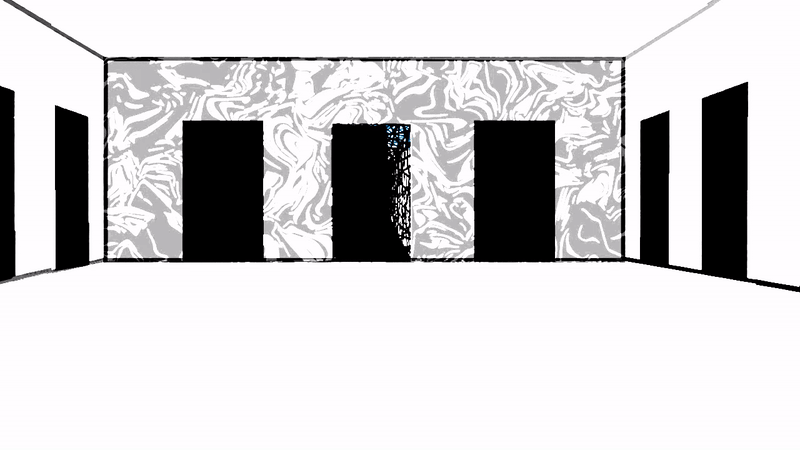
What he/she feels :The person feels confused as there is so much information but less guidance.
Motivation : Is passionate about the career they want to shift to but not sure if this is the best way of making an informed switch.
Painpoint : High investment of personal time trying to make assumptions regarding the new career.
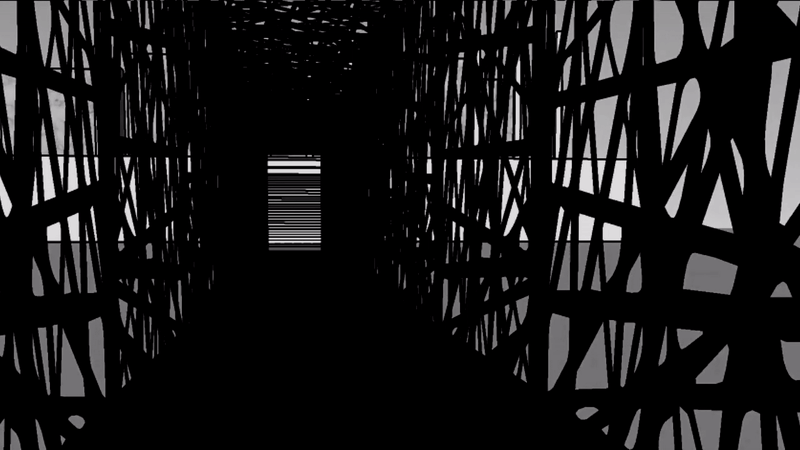
What he/she feels :The process of getting a job in a new career seems like a maze.
Motivation : To practice the new career that the person switched to
Painpoint : It is difficult for Hiring managers to evaluate a switcher with resect to a job application description.
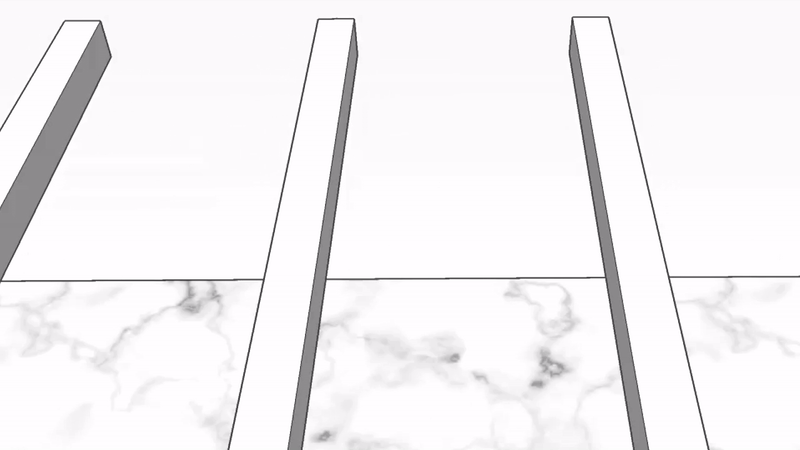
How Might We:
We listed out the possible user stories and grouped them into larger themes to list out our Insights and opportunity within the problem statement.

Proposed User Flow:
In order to understand a better model to help students discover newer career options, I enrolled in an online course by Acumen+ designed by IDEO. I went for networking sessions and community meetups hosted by Women in Tech, Startup ecosystem to understand where the value for discovering new paths lay.
I realized that if tasks were created by industry experts it was an opportunity for them to gather ideas from fresh perspective and in turn helps students to understand where the leaders are working in and the kind of challenges they are solving.
I Proposed three user flows whch is represented in the form of a logic flow below.
1. To gain access to challenges.
2. To share knowledge with the community.
3. To visualize the development in their skill sets in the form of a "Generative Model".

Setting the design direction:
We took a top down approach by sketching the overall structure of the experience.Starting broad are vision began evolving into something more viable. We took the approach of quick iteration and constant user testing to quickly converge towards a tangible solution.

Sketching and Prototyping

Early sketches exploring different navigation patterns for the app's main screen.
Research on variables that informs the "generative CV" :
I looked at multiple touchpoints that would inform if a person has the right skills for a career.I came across multiple cognitive tests, personality tests and resume structure.I came across a research that was published by Cognizant Center for the Future of Work,2016.
It was very evident that soft skills was an important measurable unit to help a person evaluate his/her development to switch into any career.As a team we converged on six larger attributes that was a combnation of sub attributes. They were -
Leadership | Analytical thinker | Creative thinker | Drive | Soft skills | Learner.
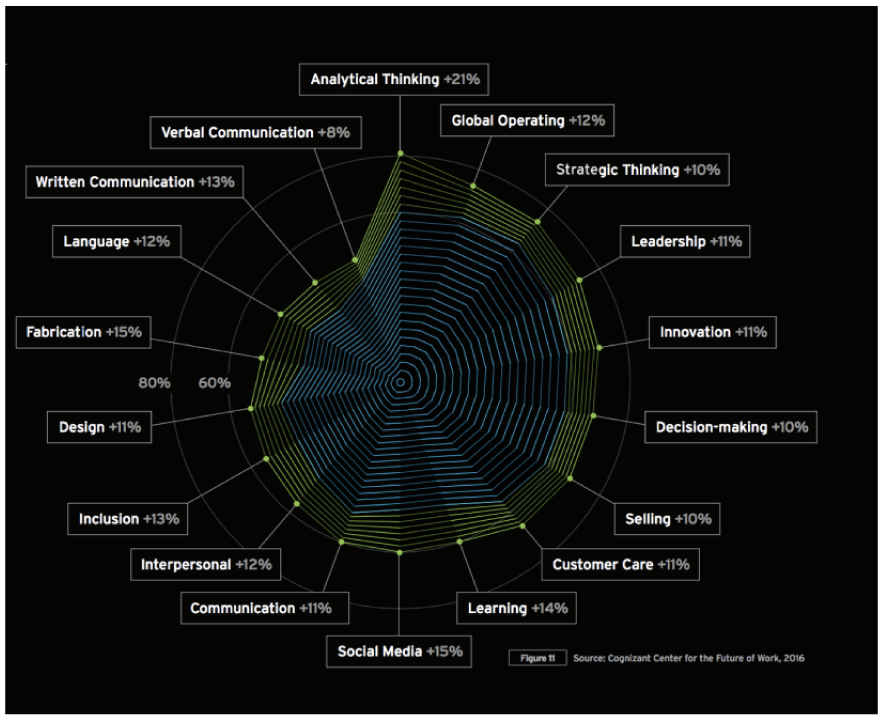
Visual Style:
Each of the attributes were associated with a color that best represented that trait.

Each side of the form is represents a variable. The development of a particular trait lets the form model accordingly.
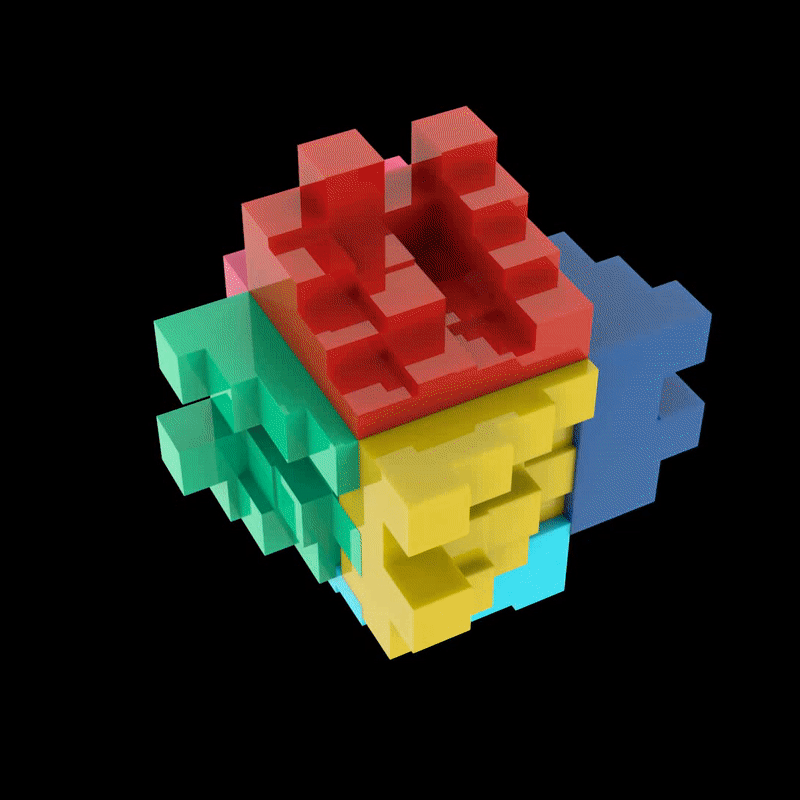
The visual design had a sketch approach.One of the reasons to take this direction was the understanding that a sketch is never perfect and it is personal from person to person.

Interaction Framework with Invision Studio:
In this phase our main focus was to bring together the UX flow with the visual design and the interactions.

Detailed Design Flow :
The below flow represents discovering different career paths and improving or developing the Generative module.
"
SWITCH is not just another application, its a Service. The app serves as a conversation starter and a trigger point for innovation. ”
WHAT'S NEXT?
03
We brainstormed on ideas on how the CUBE could replace the current resume and can be a conversation starter for job applications. The cube would be a more accurate representation of the individual's skillsets based on his/her development.
The Cube could be a conversation starter in networking events to help each other improve and be a better versions of themselves.
Community meetups could be born of this idea which helped schools and students to discover their interests and passions while studying.
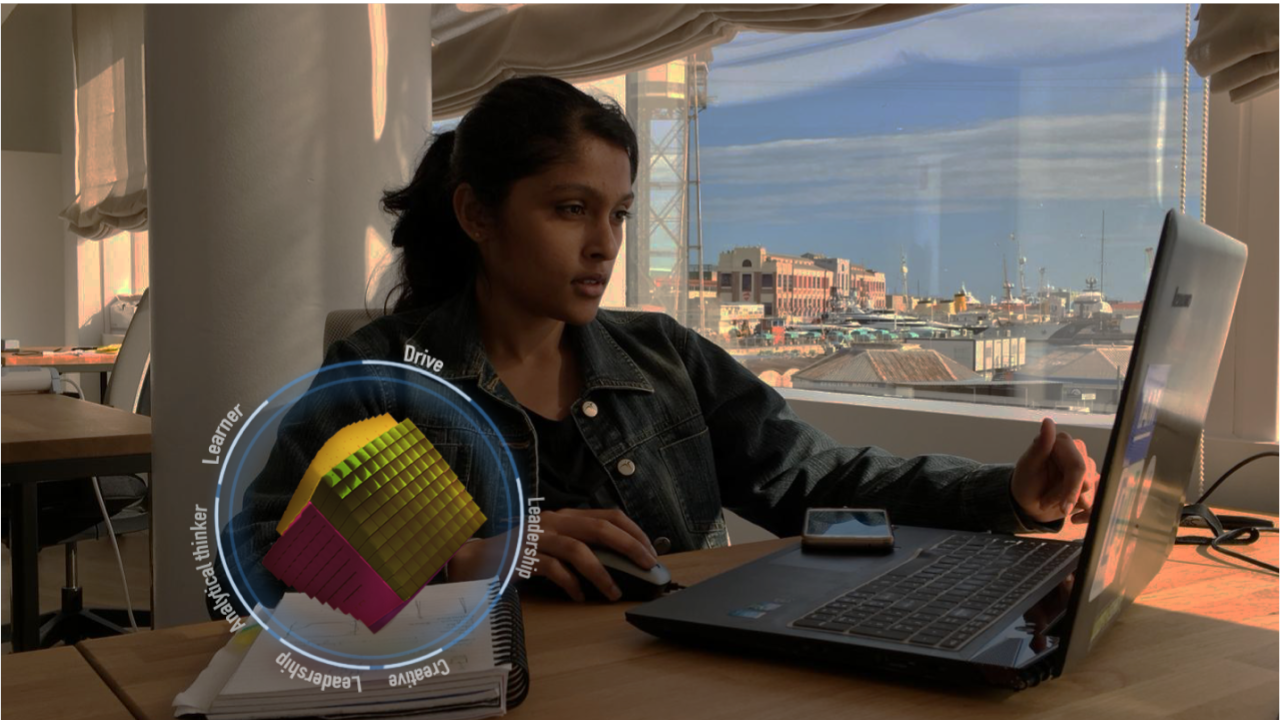
What If the Cube evolves as you evolve yourself and it exists in the real world as a 3D object?

What If the Cube ( 3D generative CV) acts as a conversation starter in networking events.

What If the Cube ( 3D generative CV) made it easy for an individual to showcase their soft skills and transferrable skillsets?
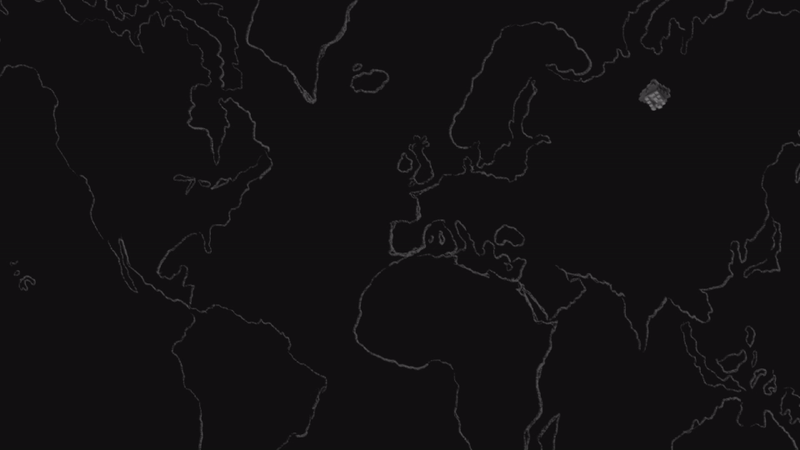
What If one-on-one community,meetups and services grew in schools and neighbourhoods to help individuals to develop a better version of themselves?
